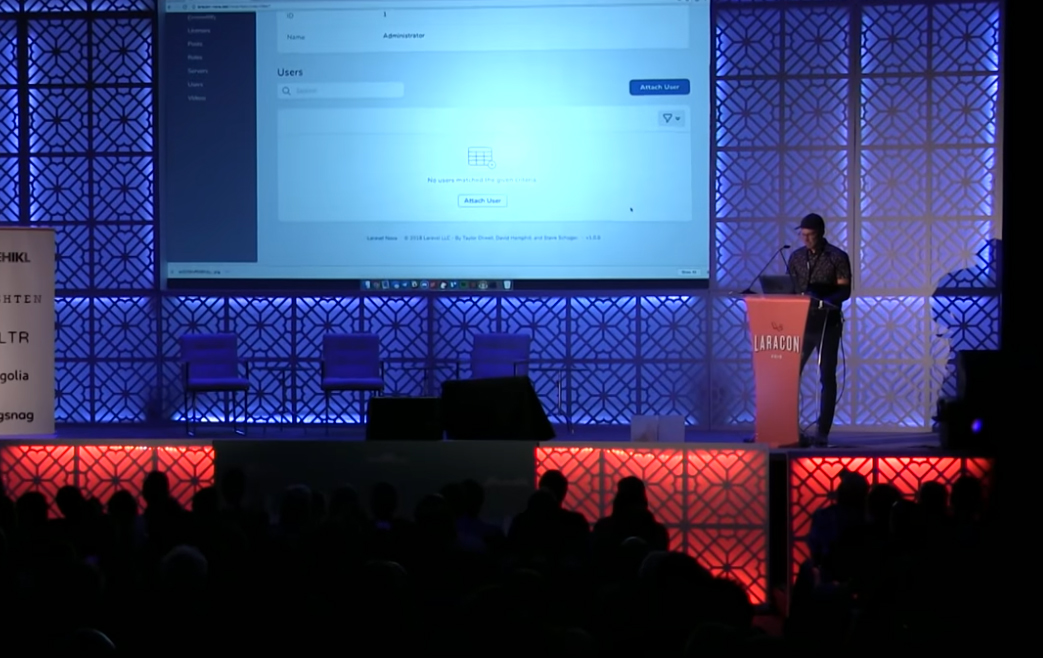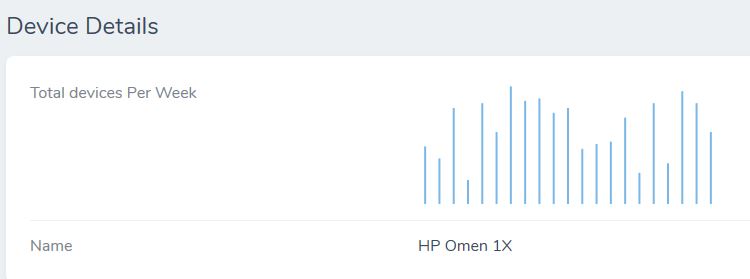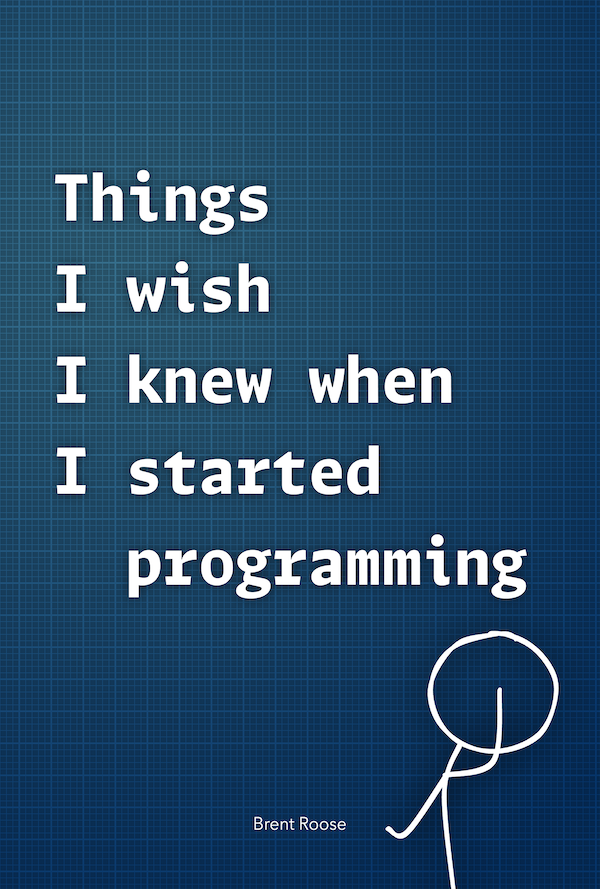Improvements on Laravel Nova
Written on 2020-05-26A long time ago in a galaxy far, far away…
Laravel Nova was launched on 22nd August 2018, as the official administration panel for Laravel web applications.

That was Taylor Otwell making the presentation at the Laracon US 2018, and since then Nova has evolved a lot, offering a better a UI experience, faster performance, and at the end giving backend creators a true experience on how to have a seamless integration between a Laravel application and the respective Resources (or Eloquent empowered models) integrated into a nice CRUD interface.
When Nova was created, a lot of expectations were already present in the Laravel community in the way that Laravel Nova should be a real administration back-office system, since this was a niche that was already covered by very nice alternative CRUD platforms like QuickAdminPanel or Laravel BackPack but they weren't an official Laravel product. So, when Nova was launched right after Laracon it went like a sales hit, everybody was talking about it, and everybody that bought a license experienced challenges to using it too. But those are things from the past :)
Nova evolved since then and evolved a lot! It's no longer a simple Resource Management tool and I want to share with you 6 must-have features that might help you when you are developing your Nova projects. Also, if you want deep dive in Nova, I suggest you subscribe to updates in my upcoming course Mastering Nova that will be released this mid-summer!
1. Creating your custom CSS theme
The first versions of Nova you weren't able to customize your Theme and to tweak it in a way without having your CSS code being overridden each time a new version of Nova was being published.
Now you can create your CSS theme, like this:
php artisan nova:theme brunocfalcao/masteringnova-theme
After that, you have a CSS class in your new package at resources/css/theme.css where
you can then apply all the new Tailwind classes that you want
to use in your Nova instance.
If you want to even fully customize the entire Nova classes you can enable it using a custom package, then use the Nova::enableThemingClasses() to fully brand it to your needs.
This feature will prefix the Vue components with the string nova-.
For example, Nova will
add the class name nova-heading to the top-level of the Heading component so you can
then style it from there.
// NovaServiceProvider.php public function boot() { Nova::enableThemingClasses() }
// app.js /** * If configured, register a global mixin to add theming-friendly CSS * classnames to Nova's built-in Vue components. This allows the user * to fully customize Nova's theme to their project's branding. */ if (window.config.themingClasses) { Vue.mixin(ThemingClasses) }
2. Dynamic Field visibility statuses
in the version 1.x of Nova you would control your Fields visibility using 8 methods:
hideFromIndex() hideFromDetail() hideWhenCreating() hideWhenUpdating() onlyOnIndex() onlyOnDetail() onlyOnForms() exceptOnForms()
Now, you have the show*() methods that allow you to show your Resource in the
respective display context without the dependency of other display contexts. For instance
you can have a showOnIndex() and a showOnCreating(), using a callback on the method
that should return true.
showOnIndex() showOnDetail() showOnCreating() showOnUpdating()
3. New field types to create a better user experience
Since version 1.x that we see being added new field types to Nova. Let me highlight you some of the ones I consider the best additions:
SparkLine Field
See it a Chart "on-the-fly" directly in your Resource index or detail contexts.

Sparkline::make('Total devices Per Week') ->data($data) ->asBarChart() ->width(300),
Key-Value Field
Key-value fields are ways for you to interact with JSON data type columns, providing a way to manage Key-Value entries in a CRUD way.

KeyValue::make('Server Data', 'server_data') ->keyLabel('Parameter') ->valueLabel('Value') ->actionText('Add Server Parameter') ->rules('json') ->nullable(), // In your model: protected $casts = [ 'server_data' => 'json' ];
Hidden Field
At first, it might not be useful, but believe me, it's great to have it since you can apply data computations to be sent to your UI components.
Hidden::make('User', 'user_id')->default(
fn($request) => $request->user()->id
);
VaporFile and VaporImage Fields
These are the newest kids on the block since they allow you to upload files or images into your Laravel Vapor instance. They will generate a temporary upload URL for Amazon S3 and will immediately upload the file.

VaporFile::make('Filename'),
VaporImage::make('Avatar')->maxWidth(80)->rounded(false),
Searchable Select Fields
On the latest Nova version 3.6.0 you can now have a Searchable Select field.

Select::make('Tags', 'tag_id') ->searchable() ->options(\App\Tag::all()->pluck('name', 'id')) ->displayUsingLabels(),
4. You can change the Stubs
Since version 3.3.0 it's possible to publish the Nova stubs so you can change them to your own needs.
php artisan nova:stubs [--force]
The stubs are published directly in your app folder in a directory called "stubs".
5. Ability to sort your Resources by priority on the Sidebar
This one I think it's undocumented but you can sort your Resources given a specific attribute in your Resource.
// In NovaServiceProvider.php Nova::sortResourcesBy(function ($resource) { return $resource::$priority ?? 9999; }); // In your Resource public static $priority = 10; // Or any other number.
The Sidebar Resources will then be sorted by this priority. Neat!
6. Customize where a Global Search link can take you to
In specific cases, you might want to have your Global Search targeted Resource to go to Edit and not to Detail, or vice-versa. All you have to do is to add this static property on your Resource:
public static $globalSearchLink = 'detail';
Hope you enjoyed, and in case you want to continue learning Laravel Nova you can pre-subscribe my Mastering Nova Course anytime!
Once again thanks to Bruno for writing this post!
